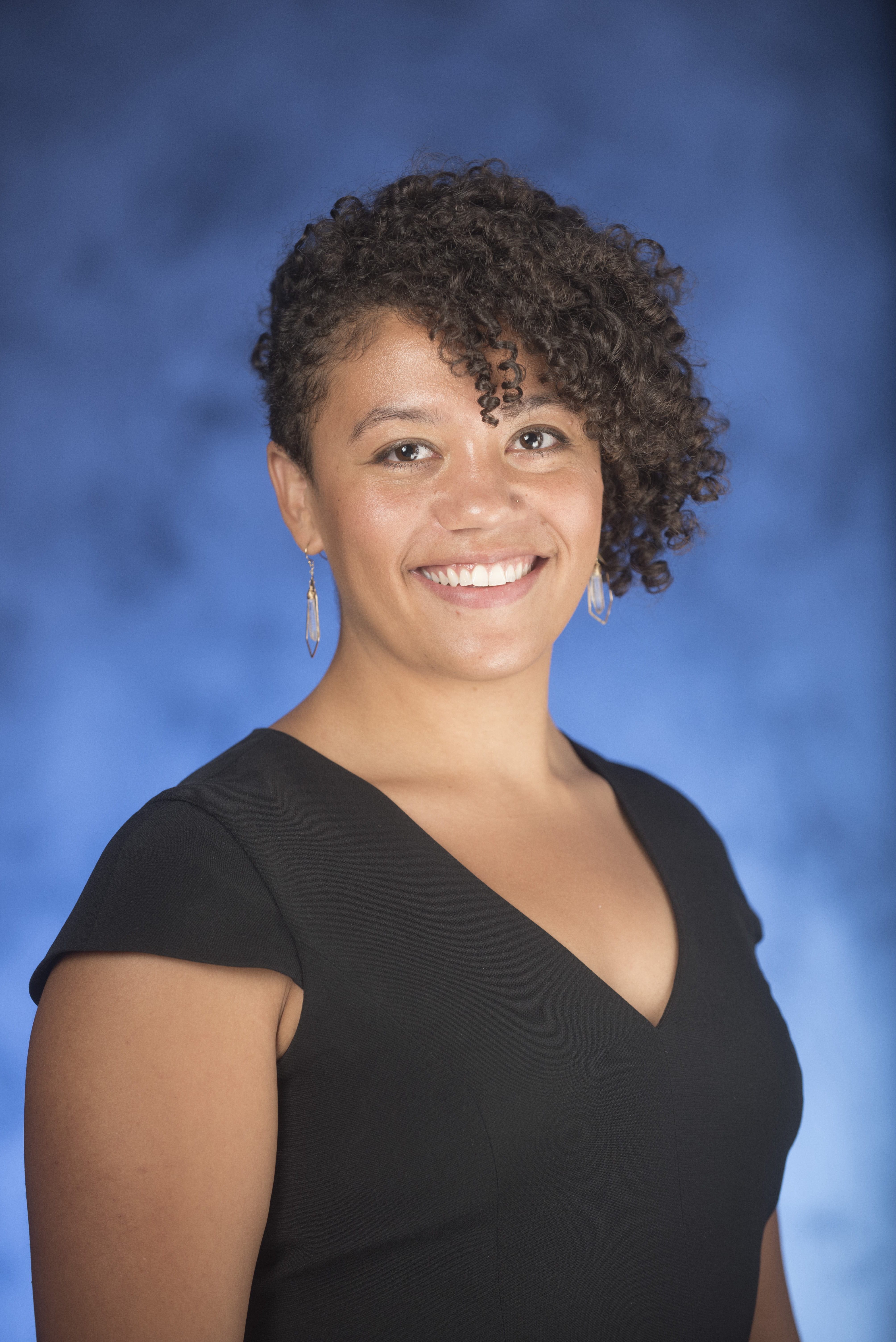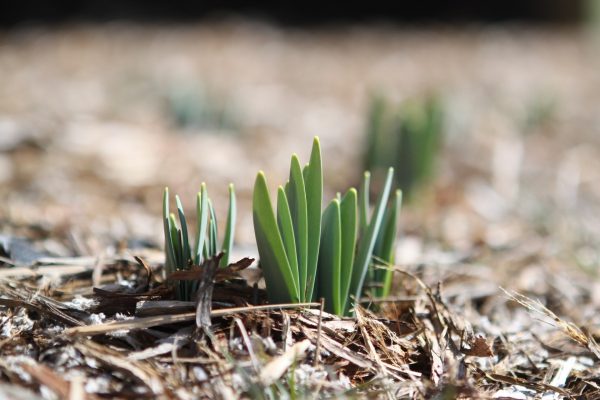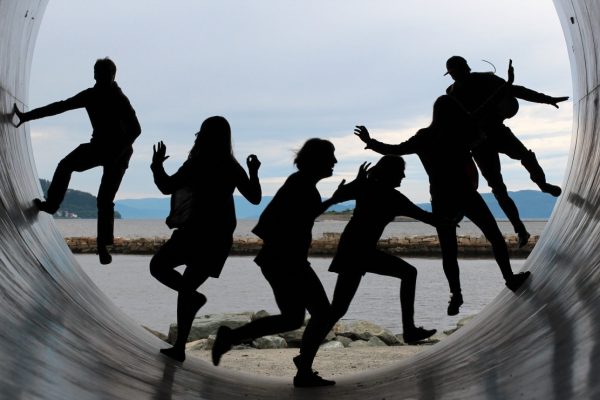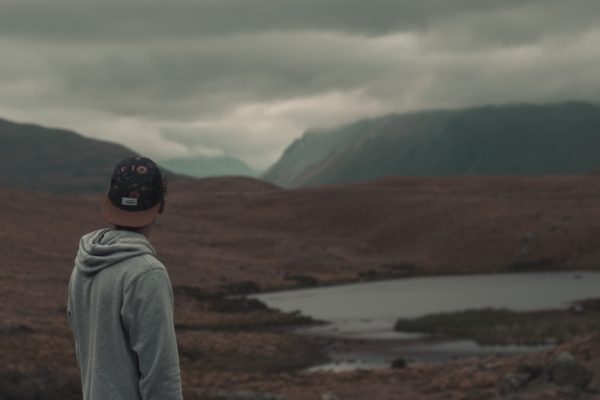The Inside Out Wisdom and Action Project, (IOWA Project), supports social change makers to integrate Jewish spiritual wisdom into their lives in order to bring their most grounded, visionary and creative selves to their leadership, making social justice activism a sustainable, transformative practice.
Transcript: Hello. My name is Megan Madison, and I am going to share with you a spiritual practice that I learned through my participation in The Inside Out Wisdom and Action Project, led by Rabbi David Jaffe.
This practice includes mediation, song, and prayer. It also includes a rock and a mirror. As you locate a rock and a mirror, I’ll tell you a little bit about the practice.
This practice helps to ground and center me in times when my usual external sources of support are unavailable; when I don’t have access to nature, for example. When my therapist cancels, or when my best friend won’t pick up the phone. There are times in our work when our reliable sources of peace, love, stability, support and refuge fall away. When we must rely, instead, on inner sources of steady love and support.
From Rabbi Toba Spitzer, we learned about Tzur levavi—rock of my heart, as a metaphor for G-d. Rabbi Toba writes, “It comes from a verse in Psalm 73. My flesh and my heart fail. The rock of my heart and my portion is G-d forever. The teaching here is that alongside the limitations inherent in this human body and mind, there’s something else that does not fail. Rock of my heart, suggests that somewhere within myself, I can access the qualities associated with rock.”
A 19th century rabbi known as Malbim understood this verse to be referring to an aspect of divinity within each of us; the soul, which he calls, “The rock upon which the integrity of our heart stands. This inner rock is our own true godly nature. As such, it’s capacity is vast and unending. As expansive as the Mojave desert, and, as beautiful.”
Thank you, Rabbi Toba, for that wisdom.
Okay, let’s practice. We’ll begin by connecting to the rock of our hearts through meditation. From there, we’ll sing. We’ll sing a song by Melanie DeMore. You can sing to your rock, or let the rock of your heart sing through you to your own reflection in the mirror. Here we go.
With your rock in your hands, I invite you to find a position with your body that allows your muscles to relax, that allows the weight of your body to sink into the floor, the ground, the rock of the earth beneath your feet. As you slowly relax your muscles, starting with your toes, your ankles, your calves, your thighs, your hips, your stomach, relax your rib cage. Your shoulders, your jaw. When you’re ready, I invite you to close your eyes. Relax your forehead. Feel the weight of the rock in your hands. Then notice the whole weight of your body, glued by gravity, to this giant rock we call earth. I invite you to notice your breath, without trying to change. Just notice it. Pay attention to how fast or slow you’re breathing. How deep. How shallow. Pay attention to the sensation of the air gliding past the roof of your mouth, filling up your lungs. Take a few moments, and just breath.
Can you feel the rock of your heart? What does it feel like? What does it have to say?
(Singing)
I will be your standing stone. I will stand by you. I will be your standing stone. I will stand by you.
As you sing, I invite you to open your eyes and take a look at yourself in the mirror. Sing with me, as you sing to yourself.
(Singing)
I will be your standing stone. I will stand by you.
I will be your standing stone. I will stand by you.
I will be your standing stone. I will stand by you.
I will be your standing stone. I will stand by you.
I will be your standing stone. I will stand by you.
I will be your standing stone. I will stand by you.
(humming to the same tune)
(Long, ambient ding sound)
Thank you.
 Megan Pamela Ruth Madison is a facilitator, scholar, and organizer who grew up in northern Michigan, and now calls New York City home. After completing her undergraduate degree at the University of Michigan in studies in religion, Megan went on to become a preschool teacher in Chicago. Now, as a doctoral candidate at Brandeis University, she works part-time facilitating workshops for grown-ups on racism, sexism, antisemitism and how we can build powerful communities for collective liberation. Megan serves on the board of directors for Jews for Racial and Economic Justice (or JFREJ) and the Jewish Organizing Institute & Network (or JOIN for Justice). She is on the cultural organizing team of Linke Fligl, a queer Jewish chicken farm in Millerton, NY.
Megan Pamela Ruth Madison is a facilitator, scholar, and organizer who grew up in northern Michigan, and now calls New York City home. After completing her undergraduate degree at the University of Michigan in studies in religion, Megan went on to become a preschool teacher in Chicago. Now, as a doctoral candidate at Brandeis University, she works part-time facilitating workshops for grown-ups on racism, sexism, antisemitism and how we can build powerful communities for collective liberation. Megan serves on the board of directors for Jews for Racial and Economic Justice (or JFREJ) and the Jewish Organizing Institute & Network (or JOIN for Justice). She is on the cultural organizing team of Linke Fligl, a queer Jewish chicken farm in Millerton, NY.











